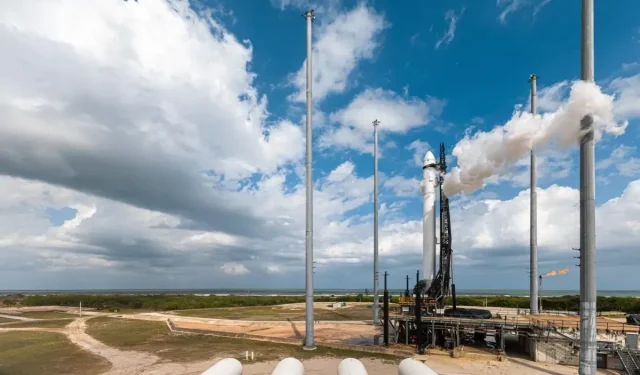Relativity Space’s Terran 1 rocket failed to take off. The promise is big for this 85% 3D printed rocket.
Another day, another failure of the world’s very first 3D printed rocket. This Saturday, Relativity Space’s Terran 1 rocket failed to launch after two attempts. The day was littered with false starts. After Wednesday’s setback, Relativity Space originally scheduled takeoff at 6:45 pm French time, a window that had to be pushed back to 7:45 pm due to “strong upper winds”.
Relativity Space’s Terran 1 rocket fails to take off
Once the countdown started again, everything was going well until the boat entered the safe zone. Once the countdown started again, the company had to cancel the procedure after nine Aeon first-stage engines caught fire, but shut down almost immediately afterwards. Following this failed attempt at 7:45 p.m., Relativity Space said it would attempt to launch its rocket again at 9 p.m., shortly before the launch window closed for that day. Unfortunately, this time Relativity had to abort the operation before the Terran 1 could start its engines. As of this writing, the company has not provided an explanation for its decision, simply stating that the rocket is “doing well”and that more information will be released at a later date.
Promises are big for this 85% 3D printed rocket
If it manages to get off the ground, Terran 1 will be a significant achievement for the aerospace industry. Although the rocket is not completely 3D printed, 85% of its total mass, including the entire structure and 10 first and second stage engines, is printed. Theoretically, the Terran 1 manufacturing process produces a ship that is cheaper and faster to manufacture. Relativity Space says it can make a Terran 1 rocket in about 60 days, and its exclusive missions will cost about $12 million. The company hopes that with its next-generation rocket it will be able to make 90% of its 3D printed components.


